|
A giant goat in progress. In order to make it I tore the cladding of this gable which was due as the house is being made up. In this way I am using "rags" as I am accustomed to.
I am making a crossstitch goat with 3 esses. This work has proved to be physically exhausting but very enjoyable to step out of one's usual box which is the loom and rags and make this instead. The work (not the gable though) will be part of the summer exhibition at Haihatus art centre in Joutsa, Finland. perhaps the gable should be part of the exhibition? It is a splendid idea!
2 Comments
I made a goat pattern for knitting or cross stitch embroidery a few years ago. And now I am working with the this pattern in different ways. This in one work. The cross stitch is made with yarn spun from the coarse hair of the goats that I have been combing in the past few years. I want to create more goat art and am thinking of various ways to express my concern for the Icelandic goat race.
I have learned to make an yul tide ornament that is called Himmel in Swedish which means Heaven.
Himmel in German and Himinn in Icelandic and Taivas in Finnish. This ornament is still called Himmeli in Finnish. I learned to make it with plastic drinking straws but originally a Himmel is made with straw of Rye or Oat. Mine is narrow and not as impressive as the real ones that were made for the yul-tide in former days and then burnt in the midsummer bonfires, only to make a new one after harvesting for the following yul-tide. I have been busy building crosses that will structure a piece of Goat Art, Icelandic Goat Art that I am preparing these days. I make goat art in order to make the endangered Icelandic Goat Race more visible. The wood in the crosses comes from cladding from a house that is being made up. The cladding was meant to be disposed of so I am still in up-cycling, apart from the himmel I made. But who is perfect? Not I. I have been spinning on my dropspindle. I use what is called a top whorl spindle. That is the type we use in Iceland and probably have since the settlement in the 800's. I have this idea abut spinning outdoors. It is fun and soothing. It is something that women have done for ages as it was the women's task and it was not always done indoors, the weather permitting. I thought it was right to spin in front of an old building all grey from the elements and praising the past. As far as I am concerned we are the past. Think about skills, genes, heritage and evolution. We didn't just pop out of our mothers' wombs
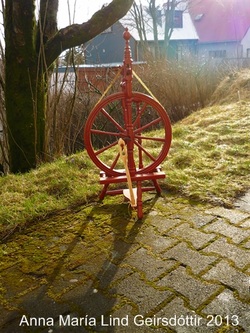 I was presented a spinning wheel some weeks ago. A friend's mother who went to a home for the elderly gave it to me. There was one piece missing which is called hlaupastelpa or hlaupastrákur in Icelandic. English : Footman Swedish: Trampsticka, vävstake Finnish: Liipotin German: Knecht, Triebstange This item connects the treadle where the feet tread, to the crank of the wheel, thus making it turn when the treadle is trodden on. As the part was missing I needed a new one. I pondered the problem and came to a solution: Earlier this winter I read an article in the Swedish art and craft magazine "Hemslöjd", about carving wood. The essence of the article was: some good advice on how to carve wood and DON'T BE AFRAID. So I just made it and the spinning wheel works just perfectly. There it is on the picture, my own hlaupastelpa / footman / trampsticka / liipotin / Knecht For weaving the loom isn't the only tool that is important. The shuttles are too.
A shuttle is used to pass the weft ( in my case rag weft) through an opening in the warp, called the shed. A shuttle is often made of wood but can of course be made of other materials. My shuttles are wooden. For the rag rug weaving I prefer shuttles that are longer than 50 cm and are made of dense wood that makes them heavy and therefor good to shoot through the shed. You can work with any tool at all, but some make the work more pleasant. I had bespoke shuttles made for me this winter. They are made from maple and are wonderful tools to work with and are made my Bjarni Þór Kristjánsson. As a matter of interest "Skytturnar" in Icelandic is the name for the "Three musketeers". In this case there are only two. But in the studio there are a few. Það er ekki bara vefstóllinn sem er mikilvægur fyrir vefnaðinn heldur líka skytturnar. Skytta er notuð til að færa ívafið í gegnum bil í uppistöðunni sem að heitir skil. Skyttur eru oft úr viði en stundum öðrum efnum. Mínar skyttur eru úr viði. Fyrir tuskuvefinn vil ég notast við skyttur lengri en 50 cm og úr þéttum viði sem gerir þær þungar og ákjósanlegar til að skjóta í gegnum skilið. Það er hægt að vinna með hvers kyns verkfæri en sum gera vinnuna ánægjulegri. Í vetur lét ég lét smíða fyrir mig skytturnar hér fyrir neðan. Þær eru úr hlyni og smíðaðar af Bjarna Þór Kristjánssyni. Skytturnar tvær. |
AuthorAnna María Lind, MA Textile Art Winchester School of Art. Archives
June 2024
|
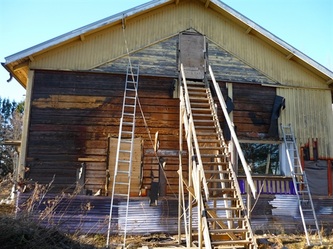
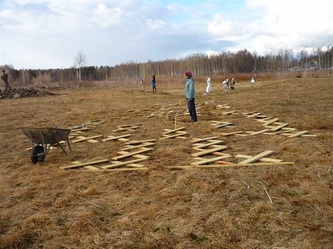
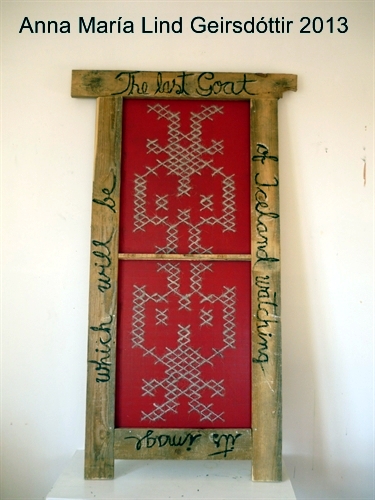
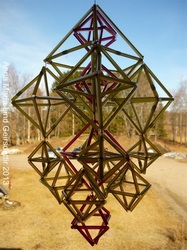
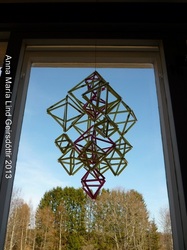
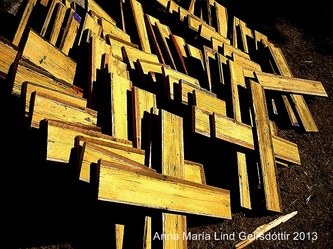
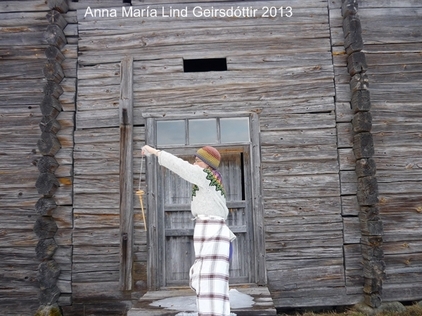
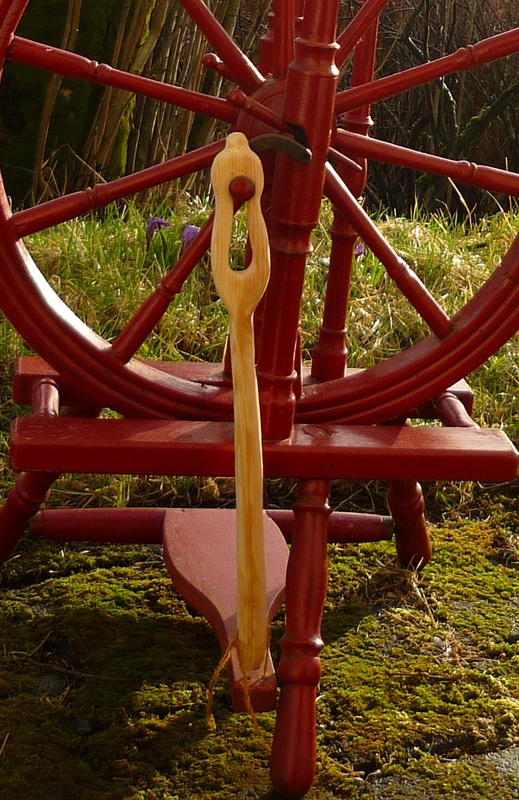
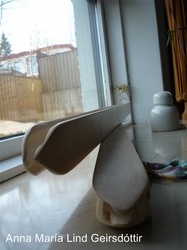
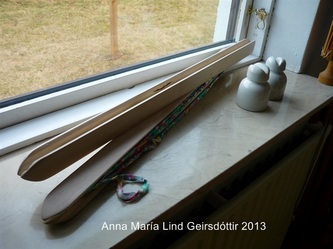
 RSS Feed
RSS Feed